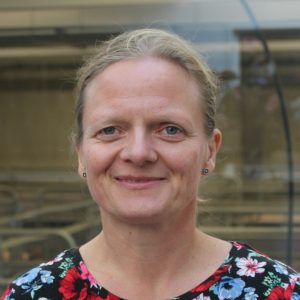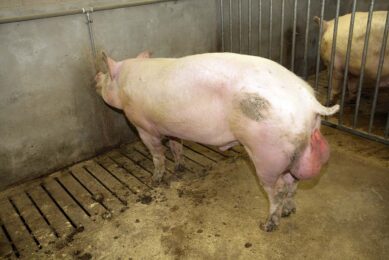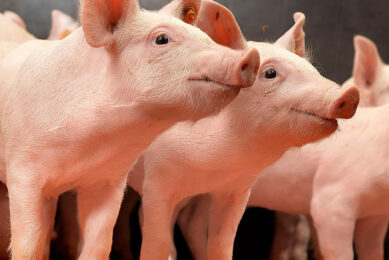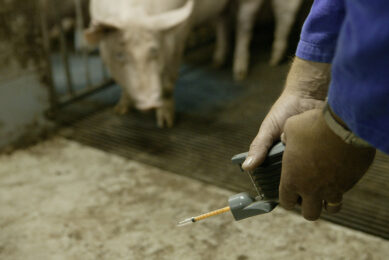How to achieve high sow welfare and low emissions?
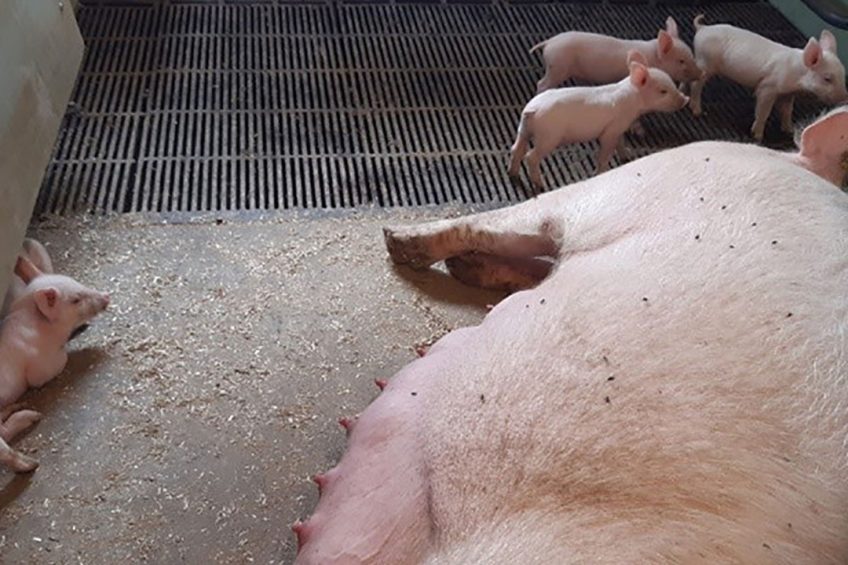
Achieving both high sow welfare and low emissions at the same time, is that possible? Danish researchers have recently embarked on a project to investigate how to answer that question. Housing and welfare expert Vivi Aarestrup Moustsen explains.
How to achieve high sow welfare and low emissions? It is not an easy task, but that does not mean we should not address it. In future farrowing pens, sows are to be housed loose. That is natural, the sow welfare is better and the piglets have unobstructed access to the udder, so they can drink and grow more.
Increased emissions
So it is sow welfare to let them loose – but it includes the risk of them dunging and urinating ‘everywhere’, which leads to increased emissions, either because we ‘solve’ the dunging behaviour by using fully slatted floors or because a solid floor becomes dirty.
High animal welfare and low emissions
The project ‘Sowemis’ aims to address that issue. It is short for ‘Systems for Sows with high animal Welfare and low Emissions’ and partners in the project include Aarhus University, Space Systems, Jyden and SEGES Danish Pig Research Centre. This ensures diversity in the project group from engineers, experts in plastic and materials, in emissions, in pen designs and in pigs.
It allows both to address the material used in the slurry ‘channels’ so as little manure and urine as possible will be in contact with air, to address the ventilation system and to address pen design and pig behaviour. By combining the elements in one design and by ensuring a dry and clean solid floor compared to a fully slatted floor, it is hoped emissions can be reduced from 1.3 to 0.66 kg NH3/m2/year.

Reduction of the emission area
If the floor in the pens is solid to a large extent (like 60%), it reduces the emission area. That is if the solid floor is kept dry and clean. Reduced emissions will also affect work conditions by improving air quality in the barn, and job satisfaction by working with clean sows, piglets and pens.
Previously, it was a challenge to keep the solid floor dry and clean, but by studying available knowledge and experiences, there are certain handles to pull, like air movement, air speed and zonation of pens, so the partners in the Sowemis project had a brainstorm and came up with ap-proximately 10 actions expected to lead to dry and clean solid floor.

Pig Progress experts talk
Read more Pig Progress expert opinions
Loose housing on a 60% solid floor
Since it is resource-demanding to test 10 different actions, the first approach is a screening of the immediate impact of the individual actions in a production herd where lactating sows are loose housed in pens with 60% solid floor. The hygiene on the solid floors is evaluated once every week by the manager, by taking photos of each floor, while SEGES Danish Pig Research will be scoring the hygiene. This is done in spring, summer, autumn and winter.
The aim is that at least 70% of the pens within an action/treatment will be dry and clean throughout the entire lactation period. Preliminary experiences so far have indicated that more floors are dry when air speed is increased by use of fans.


